Step into a classroom without walls, where towering pines replace fluorescent lights and natural rhythms guide the learning day. Nature-based education transforms traditional teaching by immersing students in the living laboratory of the outdoors, fostering deeper connections with both the environment and core academic concepts.
Research consistently shows that children who learn in natural settings demonstrate improved concentration, reduced stress levels, and enhanced problem-solving abilities. From tracking animal footprints to understand mathematics, to writing poetry inspired by seasonal changes, outdoor learning environments create meaningful, multi-sensory experiences that stick with students long after the lesson ends.
In Ontario’s diverse landscapes, from the Carolinian forests to the Canadian Shield, educators are reimagining what’s possible when they break free from conventional classroom constraints. This growing movement isn’t just about teaching nature appreciation – it’s about using the natural world as a dynamic tool to deliver curriculum standards while nurturing environmental stewardship, physical health, and emotional well-being.
Let’s explore how nature-based education is revolutionizing learning, one outdoor adventure at a time.
Why Nature-Based Education Matters for Every Child
Breaking Down Barriers to Outdoor Learning
Ontario Parks is committed to making outdoor learning accessible to everyone through innovative programs and inclusive facilities. From wheelchair-accessible trails and beach mats to multilingual interpretive materials, these initiatives ensure that nature’s classroom is open to all. Many parks offer adaptive equipment rentals and specially trained staff to assist visitors with diverse needs.
Cultural barriers are addressed through Indigenous education programs and partnerships with local communities, helping visitors understand and appreciate the rich heritage of Ontario’s parklands. Social barriers are broken down through subsidized school programs, equipment lending libraries, and community outreach initiatives that bring park experiences to urban areas.
For newcomers to outdoor activities, guided programs provide a welcoming introduction to nature skills, while modified programs accommodate different physical abilities and learning styles. Parks also offer virtual learning options, ensuring that weather and transportation challenges don’t stand in the way of connecting with nature.
The Universal Benefits of Nature Connection
Time spent in nature offers profound benefits for children’s development, as countless studies have shown. From enhanced cognitive abilities to improved physical health, the positive impacts are both immediate and long-lasting. Children who regularly engage with natural environments demonstrate better concentration, increased creativity, and reduced stress levels – contributing to research-backed mental health benefits that extend well into adulthood.
Nature-based learning also strengthens social skills as children work together to explore, problem-solve, and create in outdoor settings. Physical development thrives too, with natural landscapes offering varied terrain that challenges gross motor skills and builds confidence. Even simple activities like collecting leaves or watching birds can enhance observation skills and nurture a lifelong appreciation for the environment.
In Ontario’s diverse natural settings, these benefits are amplified by the rich variety of ecosystems that provide endless opportunities for discovery and growth.
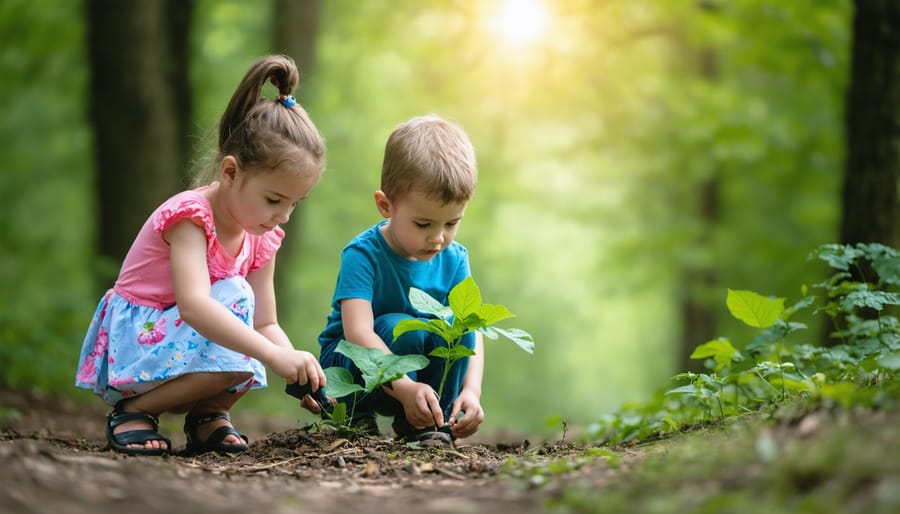
Inclusive Programs at Ontario Parks
Adaptive Equipment and Facilities
Ontario’s nature-based education programs are committed to ensuring everyone can participate in outdoor learning experiences. Through innovative adaptive equipment solutions and thoughtfully designed facilities, programs accommodate diverse abilities and learning styles.
Many locations feature wheelchair-accessible trails, sensory gardens, and adjustable workstations for hands-on activities. All-terrain wheelchairs and beach-friendly mobility mats allow students to explore various terrains safely. For those with visual impairments, programs offer tactile learning materials, audio descriptions, and guided nature walks with trained staff.
Specialized equipment includes adaptive binoculars, ergonomic gardening tools, and communication devices to support different learning needs. Several sites have installed elevated garden beds, making horticultural activities accessible to wheelchair users and those who need to work from a seated position.
Indoor learning spaces feature adjustable lighting, quiet areas for sensory breaks, and flexible seating arrangements. Outdoor classrooms are equipped with weather protection and comfortable seating options to accommodate various physical needs.
Program coordinators work closely with participants and caregivers to understand specific requirements and make appropriate modifications. This personalized approach ensures everyone can fully engage in nature-based learning experiences while feeling supported and included in the outdoor education community.
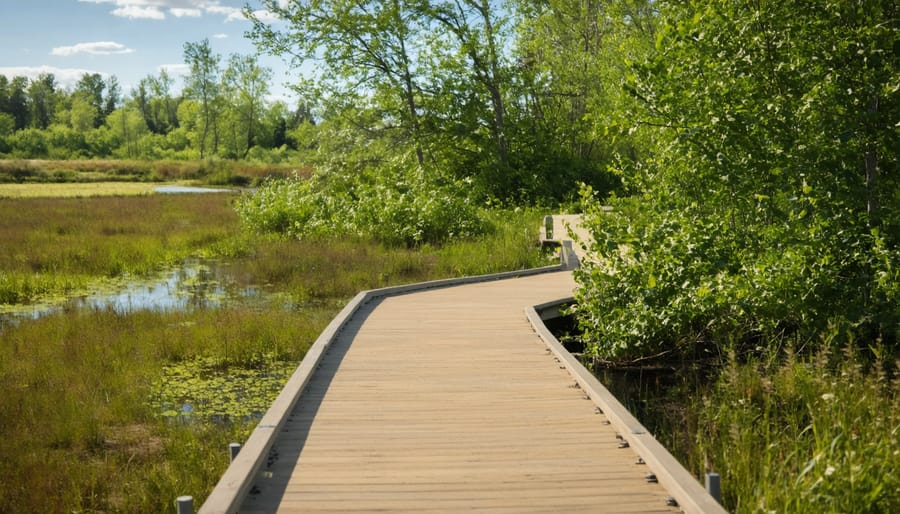
Trained Staff and Support Systems
At the heart of successful nature-based education are dedicated professionals who understand both the educational and environmental aspects of outdoor learning. Ontario’s parks and outdoor education centers invest heavily in specialized staff training programs to ensure educators can create meaningful experiences for all participants.
Our nature educators undergo comprehensive training in outdoor safety, wilderness first aid, and environmental interpretation. They learn to adapt activities for different age groups and abilities, ensuring everyone can participate fully in the learning experience. What sets our staff apart is their passion for both teaching and nature – they’re not just instructors, they’re storytellers and mentors who bring the outdoors to life.
Behind every successful program is a robust support system. This includes on-site naturalists, accessibility coordinators, and program developers who work together to create inclusive learning environments. Regular professional development workshops keep our staff current with the latest teaching methods and environmental education trends.
We also maintain strong partnerships with local Indigenous communities, environmental organizations, and education experts who provide additional expertise and resources. This collaborative approach ensures our programs remain culturally sensitive, scientifically accurate, and pedagogically sound while fostering a deep connection with nature.
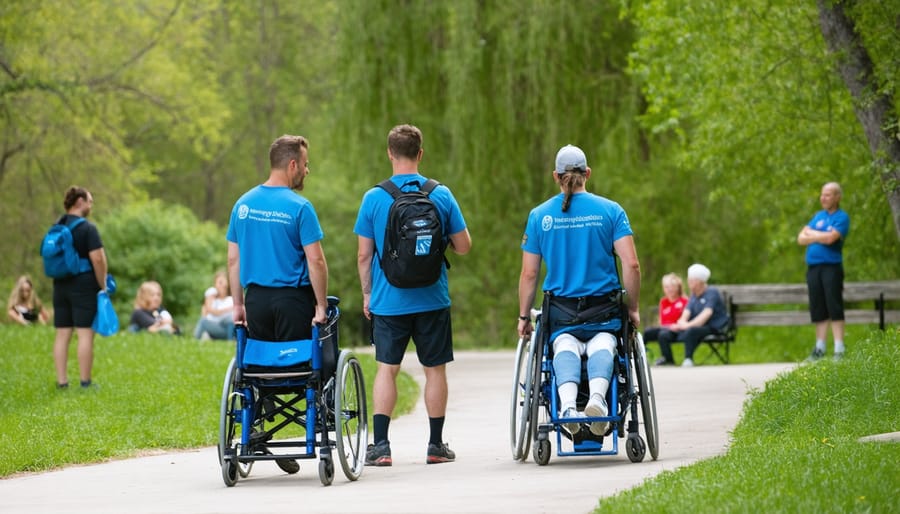
Planning Your Visit
What to Expect and How to Prepare
Nature-based education requires some advance preparation to ensure the best experience for both educators and students. First, check the weather forecast and plan appropriate clothing layers – Ontario’s weather can be unpredictable! Students should have sturdy, closed-toe shoes, rain gear, sun protection, and season-appropriate outerwear.
Pack essential supplies including first aid kits, water bottles, healthy snacks, and hand sanitizer. Consider bringing basic outdoor learning tools like magnifying glasses, collection containers, notebooks, and pencils. For younger children, having a few familiar comfort items can help ease the transition to outdoor learning.
Before your first session, visit the chosen location to assess the area. Look for natural gathering spaces, identify potential hazards, and plan age-appropriate activities. Many sites offer pre-visit orientations for educators – take advantage of these to learn about facilities, emergency procedures, and site-specific guidelines.
Set clear expectations with students and parents about the outdoor learning experience. Discuss basic safety rules, appropriate behavior around wildlife, and the importance of leaving no trace. Consider creating a simple checklist for families to ensure students arrive prepared.
Remember that flexibility is key in nature-based education. Have backup activities ready for different weather conditions, and be prepared to follow children’s natural curiosity while maintaining educational objectives. The goal is to create a safe, engaging environment where learning flows naturally from exploration and discovery.
Making the Most of Your Experience
To get the most out of your nature-based education experience, preparation is key. Start by dressing appropriately for the weather – layers are your best friend in Ontario’s variable climate. Remember to pack essentials like a reusable water bottle, sun protection, and weather-appropriate gear. A small backpack with snacks, a notebook, and a camera will help you stay comfortable and engaged throughout your program.
Arrive at least 15 minutes early to familiarize yourself with the meeting point and connect with your educators. This extra time allows you to settle in and start your experience stress-free. Consider bringing a sit pad or small cushion for comfort during outdoor lessons.
To maximize learning opportunities, stay curious and don’t hesitate to ask questions. Our natural environment provides endless teachable moments, and educators love enthusiastic participants. Take notes or photos of interesting discoveries, but remember to stay present in the moment – there’s magic in simply observing nature unfold around you.
For multi-day programs, pack light but smart. Include a change of clothes and sturdy, broken-in footwear. Many participants find it helpful to bring a journal to reflect on their experiences and document their learning journey.
Finally, embrace the unexpected! Whether it’s a surprise wildlife sighting or an impromptu weather lesson, nature-based education often offers unplanned learning opportunities that become the most memorable parts of your experience.
Success Stories and Community Impact
The transformative power of nature-based education is evident in countless success stories across Ontario. At the Riverside Nature School in Thunder Bay, six-year-old Emma overcame her fear of insects through gentle exposure and guided exploration, eventually becoming the class’s resident “bug expert.” Her mother shares, “The change in Emma’s confidence has been remarkable. She now leads backyard nature walks for our whole family!”
The Forest Heights Community Program in Kitchener reports that students who participated in their weekly forest school sessions showed improved concentration and reduced anxiety levels when returning to traditional classrooms. Teacher Sarah Martinez notes, “We’ve seen a 40% decrease in behavioral incidents since implementing outdoor learning periods.”
In Toronto’s Don Valley, the Urban Wilderness Project has connected over 1,000 inner-city youth with nature since 2019. Program graduate Marcus Chen reflects, “Before this program, I’d never identified a bird call or planted a garden. Now I’m studying environmental science and volunteering as a youth mentor.”
Indigenous-led programs like the Three Rivers Forest School have successfully integrated traditional ecological knowledge with modern education approaches. “Our students learn about land stewardship while building strong connections to their cultural heritage,” explains Elder John Whitebear. “We’re seeing young people become passionate advocates for both environmental protection and indigenous rights.”
These success stories demonstrate how nature-based education creates lasting positive impacts on individuals and communities while fostering environmental stewardship for future generations.
Nature-based education offers an incredible opportunity to reconnect our children with the natural world while fostering crucial life skills and environmental awareness. From improved physical health and cognitive development to enhanced social skills and environmental stewardship, the benefits are truly transformative. Ontario’s diverse landscapes provide the perfect outdoor classroom for these enriching experiences.
Ready to get involved? Start by exploring local nature programs in your community or consider volunteering with environmental education initiatives. Even simple steps like organizing neighborhood nature walks or creating a school garden can make a significant impact. Remember, every child deserves the chance to learn and grow in nature’s classroom.
Together, we can build a future where nature-based education becomes an integral part of every child’s learning journey. The time to act is now – let’s get our children outside and learning!

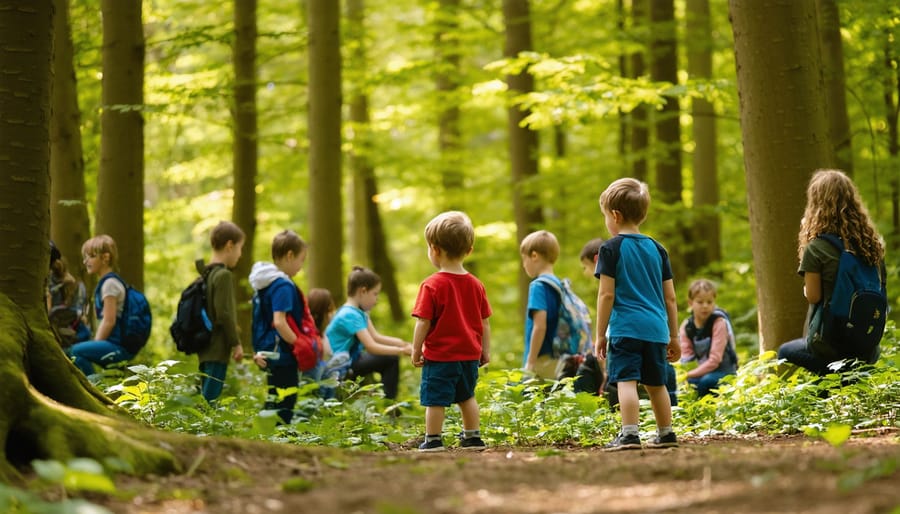
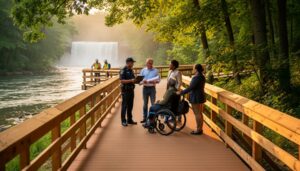


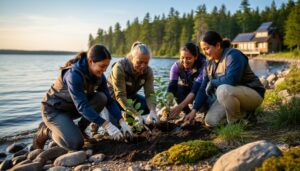
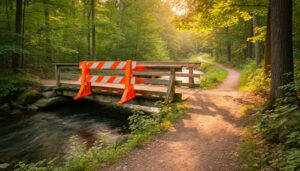

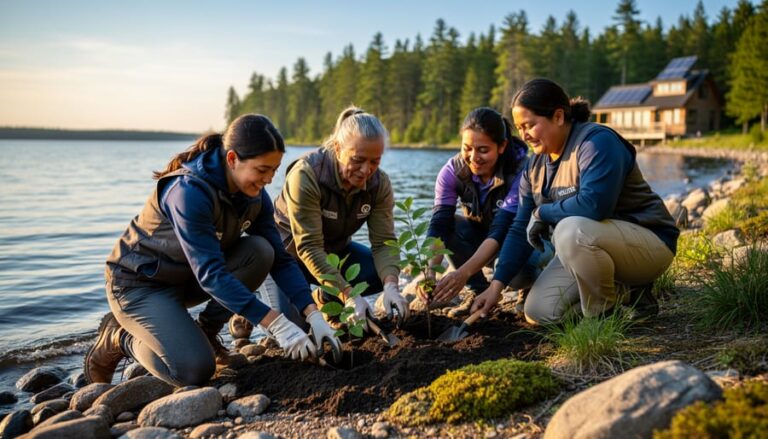
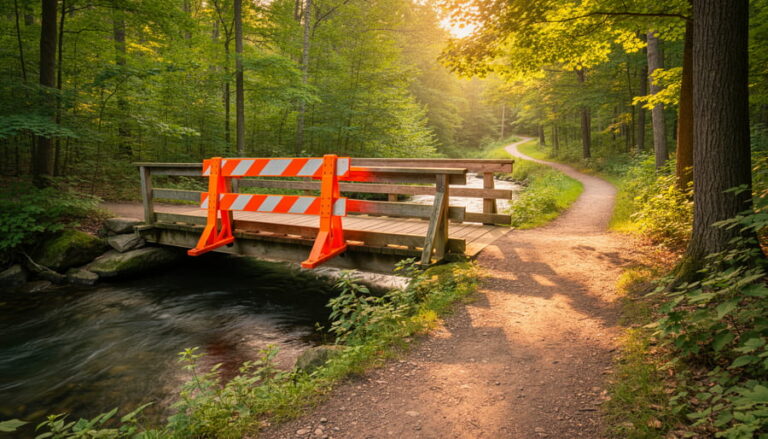

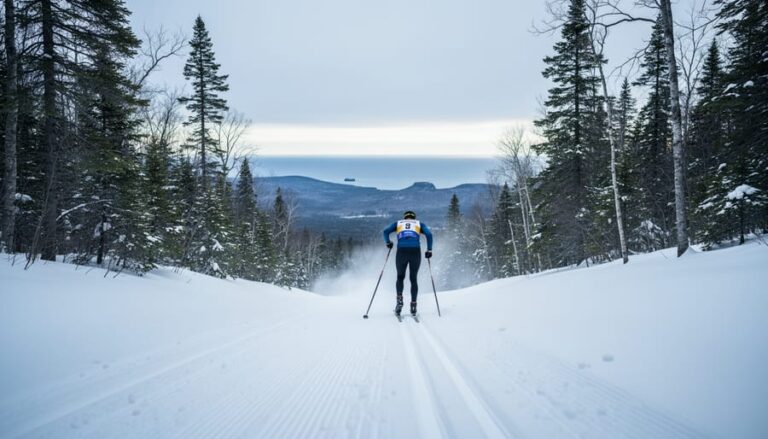
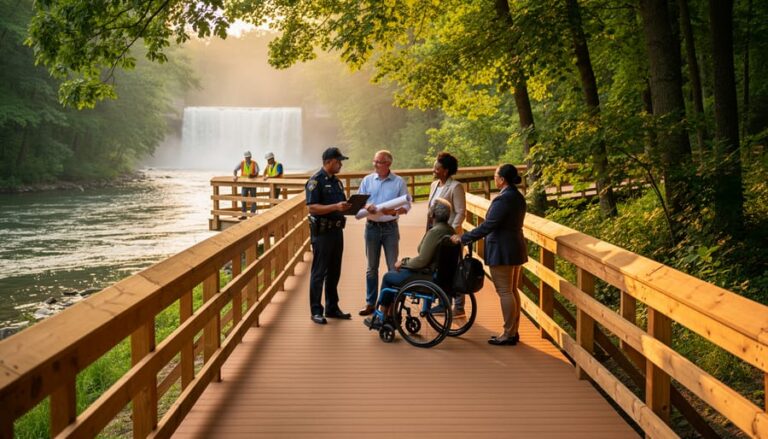
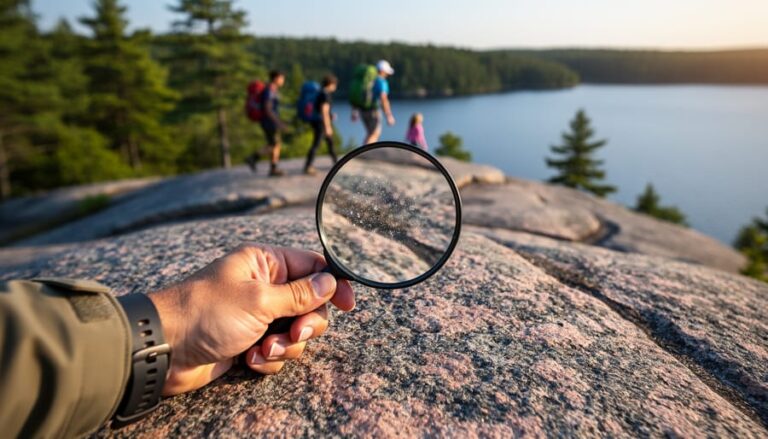
+ There are no comments
Add yours